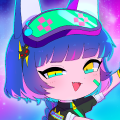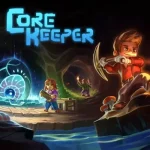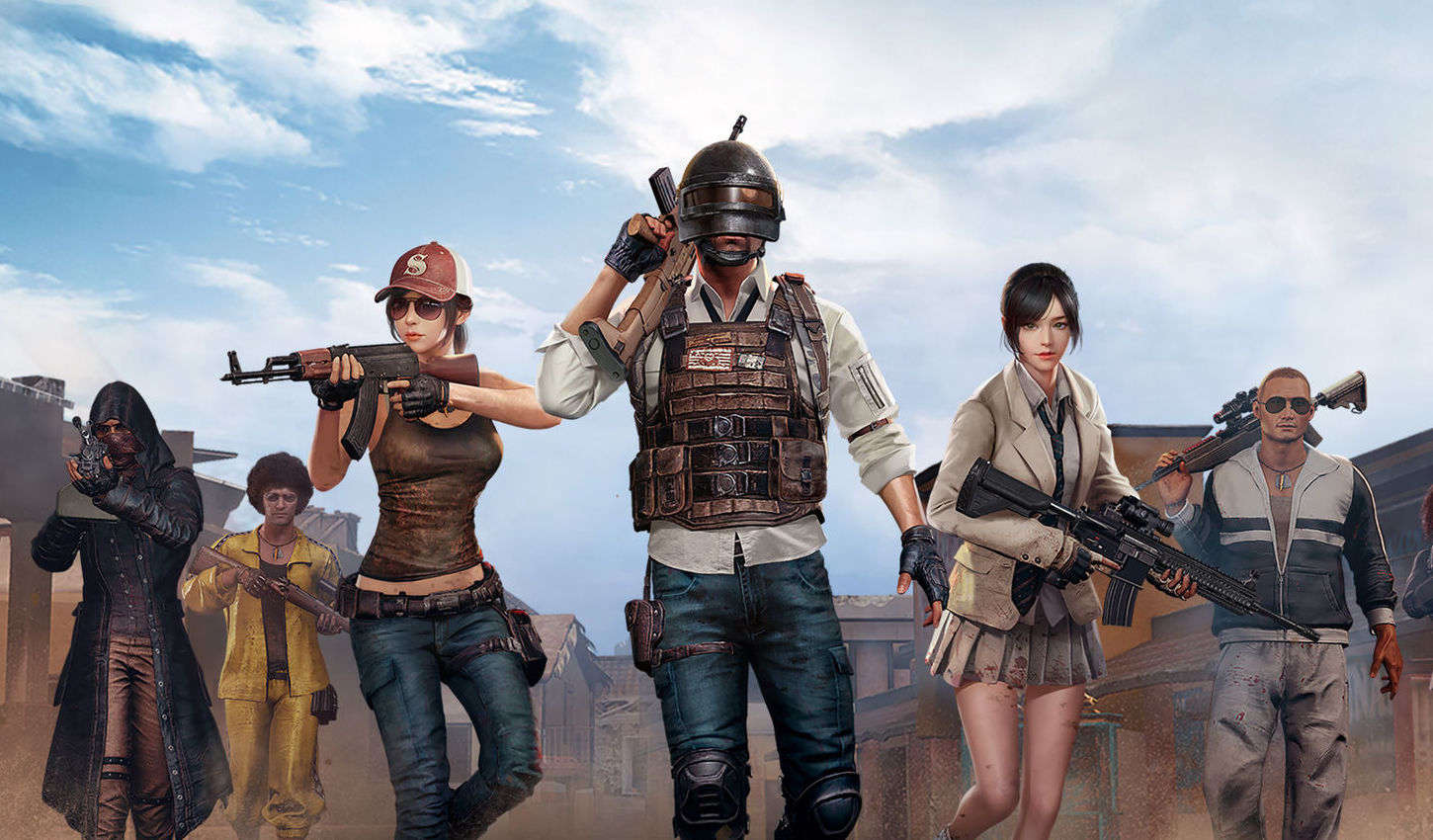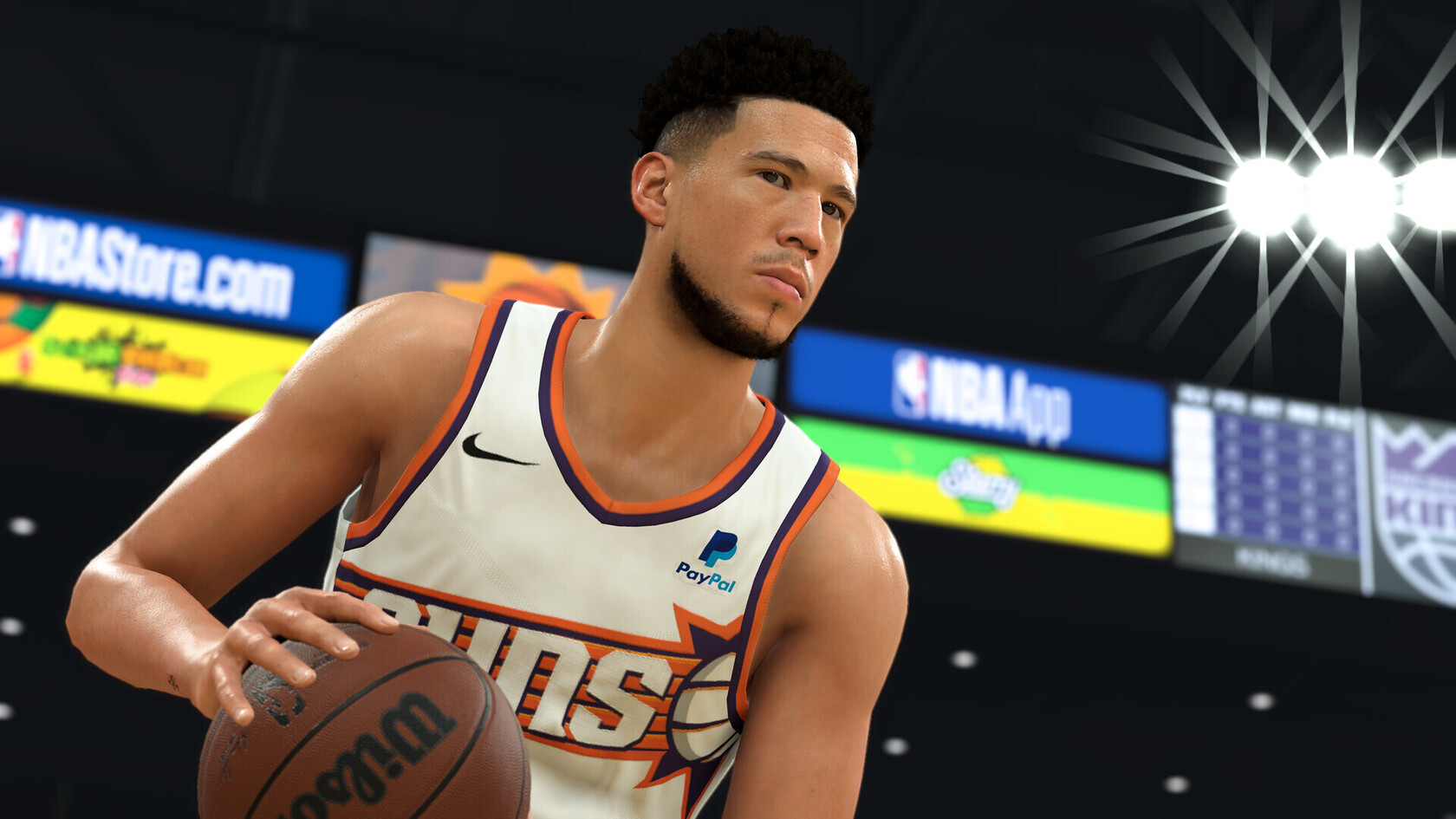Popular Now
Introduction
Genshin Impact, the hit open-world action RPG from HoYoverse, revolutionized the gacha genre with its expansive world, compelling characters, and stunning visuals. From Mondstadt to Sumeru, players have explored breathtaking landscapes, uncovered deep lore, and participated in challenging combat. However, for all its brilliance, Genshin Impact faces a persistent criticism: a glaring lack of endgame content.
Many players reach the so-called "end" of the game only to find a loop of repetitive daily commissions, artifact farming, and minimal high-difficulty content. As new regions and characters are released, the gap between gameplay depth and long-term engagement continues to widen. In this article, we dive deep into the root causes, evolution, and implications of Genshin Impact’s endgame problem, while analyzing how HoYoverse’s design choices have influenced player behavior and community sentiment.
1. The Early Game Magic: Discovery and Progression (2020)
When Genshin launched in late 2020, it captured the hearts of millions. New players were immersed in the beauty of Teyvat, the excitement of unlocking new characters, and the thrill of discovering the secrets of Mondstadt and Liyue.
H3: Exploration as Endgame
Early on, exploration was the content. Players chased chests, solved puzzles, and scaled mountains. With limited Resin, minimal systems, and only two regions, everything felt fresh.
H4: Natural Progression Loops
Progression was driven by:
-
World level increases
-
Character ascensions
-
Domain unlocks
-
Abyss progression
At this stage, endgame concerns were minimal—players were too enchanted by novelty to notice the future ceiling.
2. Resin: The First Wall (Late 2020)
Soon after launch, players began hitting a bottleneck: Original Resin. This limited stamina-like currency is required to claim rewards from domains, bosses, and ley lines.
H3: A Cap on Progress
At launch, Resin capped at 120, replenishing at 1 every 8 minutes. This allowed for only a handful of activities daily before players hit a hard stop.
H4: Community Backlash and Developer Response
-
Players complained about not being able to play longer sessions meaningfully.
-
HoYoverse increased the cap to 160, but did not add a Resin refresh system without using Primogems.
-
The core issue remained: meaningful progression was gated behind time or payment.
Resin’s restrictions hinted at a larger issue—control over progression and long-term pacing.

3. The Spiral Abyss: A Shallow Endgame Well (2021)
The Spiral Abyss was introduced as Genshin’s ultimate test: a multi-floor dungeon with increasing difficulty, enemy waves, and elemental challenges.
H3: Lack of Variety
Despite some strategic depth, Spiral Abyss quickly became stale:
-
Same environment and music
-
Repetitive enemy types
-
Rigid team requirements (meta favoritism)
H4: The Meta Dictates Fun
To succeed in the Abyss:
-
You often needed specific 5-star units or weapon combinations
-
Elemental synergies became mandatory
-
Non-meta units fell off hard, discouraging experimentation
Players who wanted a true endgame challenge found themselves locked into a narrow selection of team comps.
4. Character Inflation Without Content Expansion (2021–2022)
As more characters entered the roster, many expected the content to scale accordingly. But while character design and power levels soared, the content pipeline stagnated.
H3: Power Without Purpose
Characters like Raiden Shogun, Ganyu, and Hu Tao delivered incredible potential, but where could you actually use them?
Outside Spiral Abyss, new characters are often overkill for:
-
Daily commissions
-
Low-level domains
-
World bosses
H4: Evolving Roster, Static Challenge
The contradiction became clear: HoYoverse was pumping resources into building units, but not into designing challenging content to justify their use.
5. Limited-Time Events: A Band-Aid on a Bleeding Wound (2021–2023)
To fill the content gap, HoYoverse relied heavily on rotating limited-time events.
H3: Event Fatigue
While some events (e.g., Windtrace, Theater Mechanicus) were enjoyable, they all shared a critical flaw:
-
Temporariness—none became permanent content
-
Low difficulty—rarely challenged veteran players
-
Narrative fluff—lots of text, little gameplay depth
H4: Missed Opportunities for Replayability
Events like Labyrinth Warriors and Hyakunin Ikki offered potential for a roguelike or trial-based permanent mode. But after their run, they disappeared forever—wasting significant design effort.
6. Artifact RNG and Burnout (Ongoing)
Artifact grinding is one of the few available long-term activities, but it’s also one of the most frustrating.
H3: RNG Hell
Obtaining a usable artifact involves:
-
Getting the right set
-
Getting the right main stat
-
Hoping the sub-stats are useful
-
Praying upgrades don’t go into flat DEF or HP
H4: Time Cost vs. Reward
Each run costs 20 Resin. A good artifact drop rate is abysmally low—meaning months of daily play may yield just one or two optimal pieces.
This leads to:
-
Burnout
-
A feeling of stagnation
-
A sense that the system is designed to push players toward gacha spending
7. The Disconnection Between Narrative and Gameplay (2022–2023)
As regions like Inazuma and Sumeru released, story and lore became even richer. But the gap between narrative excellence and gameplay depth widened.
H3: Cutscene Brilliance, Combat Redundancy
Players praised archon quests, character stories, and lore depth, but found the gameplay component lacking.
-
Reused boss mechanics
-
No branching dialogue or consequences
-
Combat rarely reflects narrative stakes
H4: Lost Immersion
Despite emotional storytelling, players are often returned to the same static world, repeating the same low-effort tasks—breaking immersion and reducing impact.
8. The Community's Cry for Endgame Content
HoYoverse’s forums, Reddit, and YouTube are flooded with calls for permanent, replayable, high-difficulty content.
H3: What Players Want
-
A roguelike domain mode
-
Weekly challenge towers
-
Endless survival waves
-
Trials using rotating characters (even trial-only characters)
-
Player-designed domains or abyss stages
H4: HoYoverse’s Silence and Fear of Stress
In developer Q&As, HoYoverse claimed they want Genshin to be a “stress-free experience.” While noble in theory, this position alienates high-skill or long-term players who crave challenge and depth.
9. Comparison with Other Gacha and RPG Titles
Looking outside Genshin reveals what’s missing.
H3: Honkai Impact 3rd and Tower of Fantasy
Both offer:
-
Permanent challenge modes
-
PvE competitive leaderboards
-
Mechanical skill ceilings
These systems give players reasons to improve, theorycraft, and experiment. Genshin lacks these incentives.
H4: Lessons Not Yet Learned
Despite Honkai's success with competitive content, Genshin hasn’t borrowed from its sibling. This reinforces the belief that Genshin is more of a “collection game” than a true RPG.
10. The Future: Will Fontaine and Natlan Break the Mold?
As Genshin’s roadmap moves into Fontaine and Natlan, players wonder if new mechanics or systems will finally address the content drought.
H3: Hope in New Systems
Leaks and teasers hint at:
-
Underwater exploration
-
New combat puzzles
-
Environmental interaction
But will this be surface-level engagement or truly replayable systems?
H4: The Crossroads
HoYoverse stands at a fork:
-
Maintain casual-focused, low-stress model → risk long-term player churn
-
Expand into modular, replayable endgame systems → reengage veterans and extend game life
Conclusion
Genshin Impact remains a monumental achievement, blending art, music, and world design into a beloved global game. Yet beneath the surface lies a fundamental flaw: the lack of meaningful endgame content. HoYoverse’s focus on storytelling and monetization has come at the expense of challenge, replayability, and player engagement.
As more players “catch up” to the current content cap, the frustration grows louder. Without permanent, skill-based systems to push their characters and strategies, even the most loyal fans may eventually burn out. The answer lies not in more Resin or more banners, but in systems that give players a reason to return, improve, and thrive.
If Genshin is to remain relevant in the years ahead, the endgame must evolve—from a Spiral Abyss treadmill to a truly dynamic, rewarding experience.

















